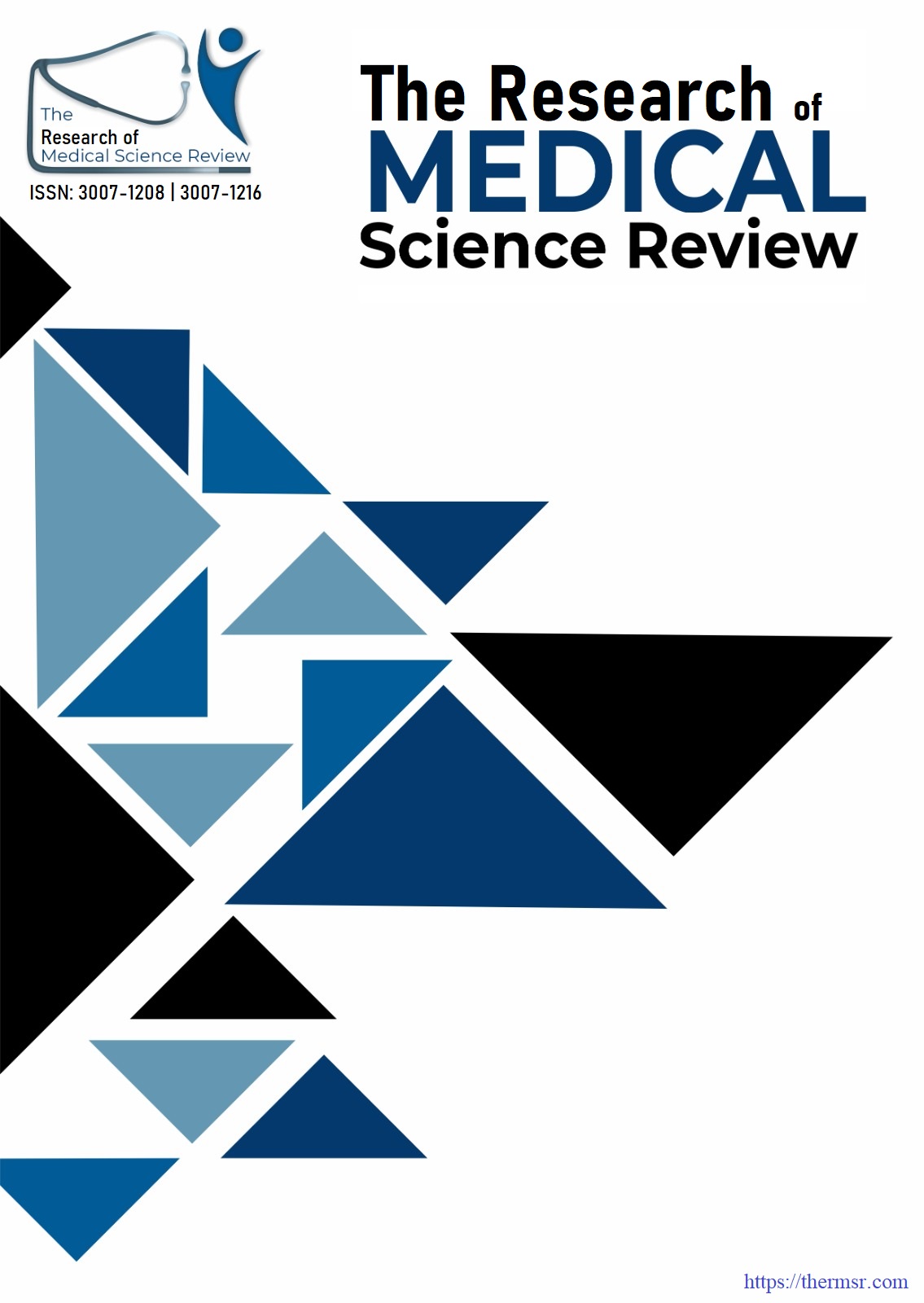OUTCOME OF STENT THROMBOSIS IN PATIENT UNDERGOING PERCUTANEOUS CORONARY INTERVENTION
Main Article Content
Abstract
OBJECTIVE
To determine the outcomes of stent thrombosis in patient undergoing percutaneous coronary intervention.
METHODOLOGY
A cross-sectional study was conducted at NICVD from August to December 2024 on 220 patients aged 18–65 years experiencing recurrent MI or having clinical suspicion of stent thrombosis. A non-probability purposive sampling method was applied, and PCI was done to assess the stent thrombosis. Demographic, comorbidity and outcome data were extracted. SPSS (version 26) was used for statistical analysis, and p<0.05 was considered statistically significant.
RESULTS
The mean age of the participants was found to be (54.31±12.52 years). The proportion of male patients was noted as 84.5%. The rate of mortality was documented in 21.81% of patients. The mean age of patients who died was significantly higher (58.42 ± 9.37 years) than the mean age of patients who did not die (53.16 ± 13.06 years, p = 0.010). No significant associations were found for stent type (DES 23.3% vs. 18.9%, p=0.288), culprit artery (p=0.114), ejection fraction (44.40% vs. 45.70%, p=0.277), or length of hospital stay (4.42±2.07 vs. 4.23±2.01 days, p=0.579) .
CONCLUSION
It is to be concluded that insignificant associations were documented between mortality and factors such as stent type, culprit artery, or length of hospital stay. Although stent technology is right now getting better, the improved mortality, underscore the importance of better blood sugar monitoring and adjusted management. The present findings require further study to optimize prognosis and minimize complications in high-risk PCI patients.
Downloads
Article Details
Section

This work is licensed under a Creative Commons Attribution-NonCommercial-NoDerivatives 4.0 International License.
